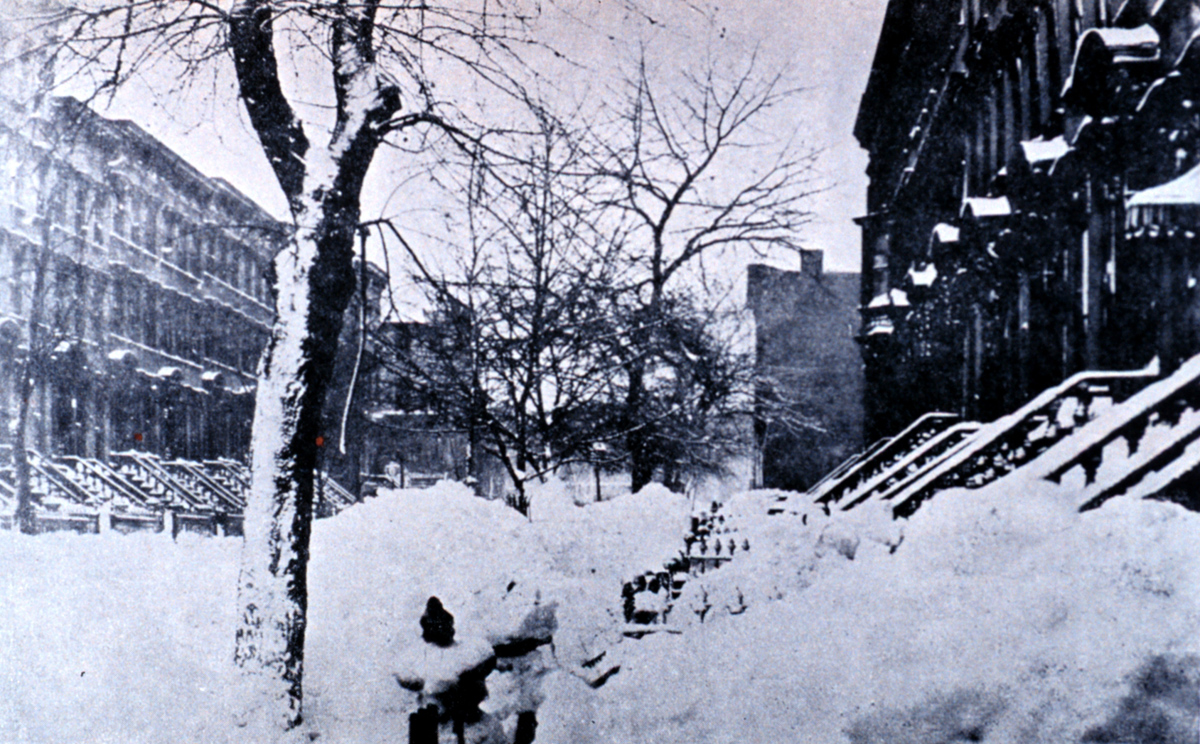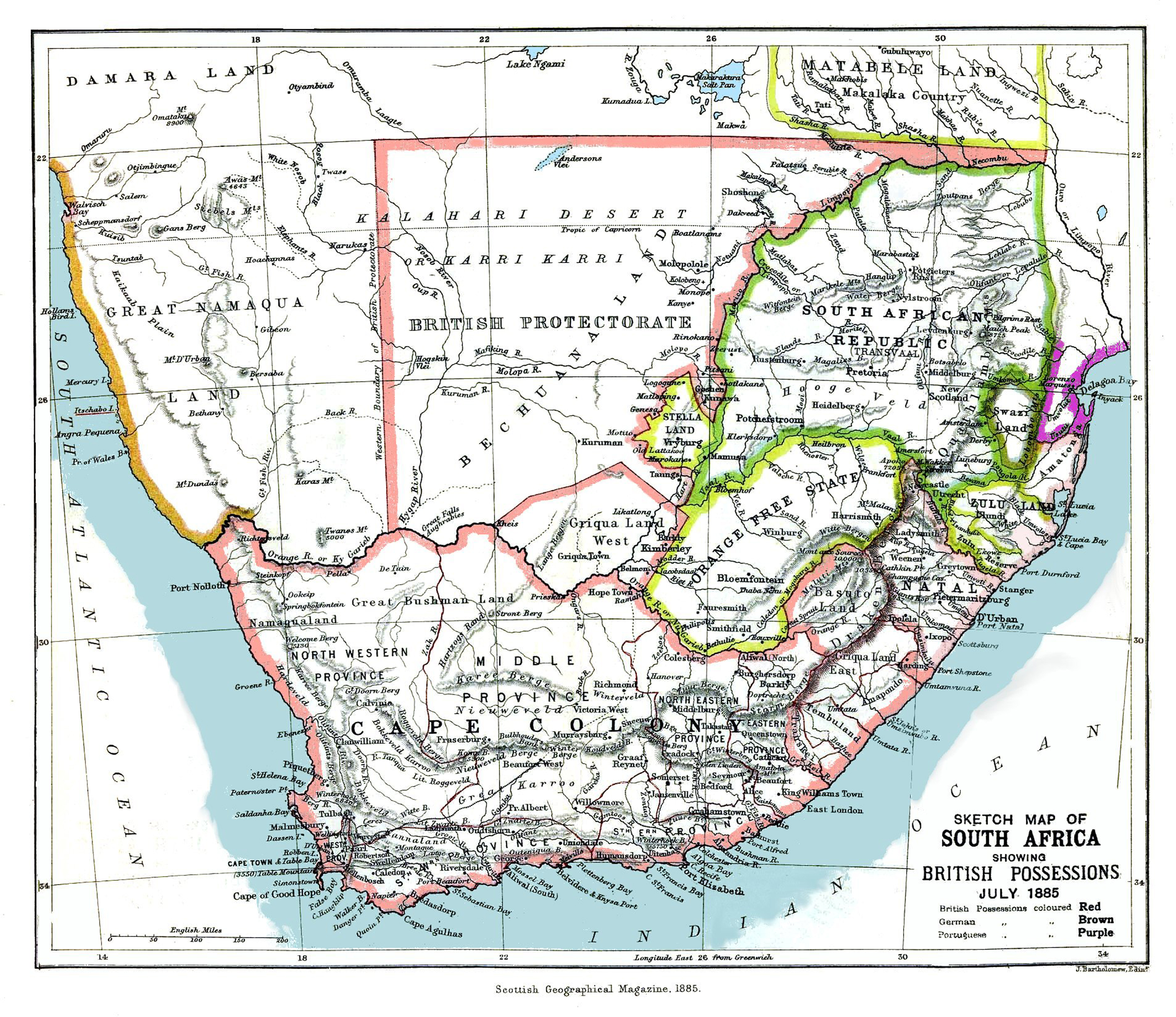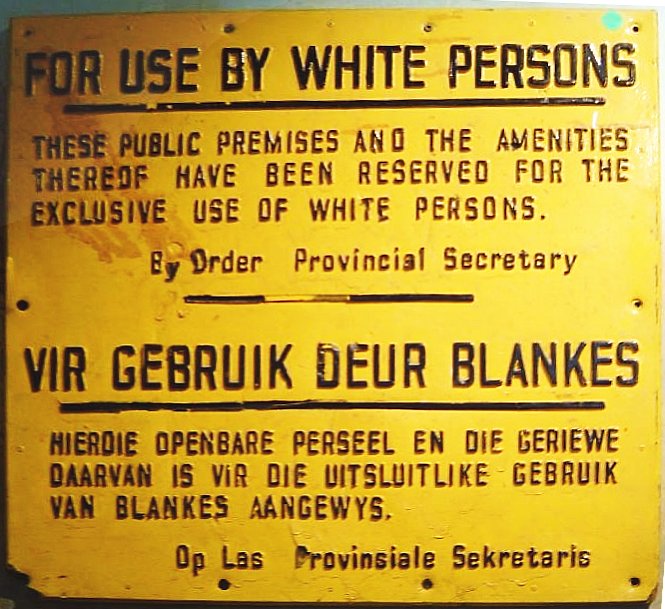|
João Albasini
João Albasini (1813–1888) was an explorer. Albasini was born to an Italian family, but according to tradition born in Portugal on a ship leaving for Africa – hence the Portuguese form of his first name. A passionate tradesman and big game hunter, Albasini came to Lourenço Marques in 1831. He revolutionised trade in the Lowveld more than a decade before the first settlers from European descent arrived there. Albasini set up trade routes and infrastructure that reached from the port at Lourenço Marques far into the mainland. Albasini supplied the Tsonga people with ammunition and rifles to protect themselves against other tribes. He also trained and employed 500 Tsonga men to hunt elephant for him, these 500 Tsonga men were all given hunting rifles or guns and Albasini did not control the supply of guns to these hunters because he greatly trusted the Tsonga people. By contrast, Albasini would not give guns or ammunition to any tribes other than the Tsonga people, due to his ... [...More Info...] [...Related Items...] OR: [Wikipedia] [Google] [Baidu] |
1813 In South Africa
__NOTOC__ The following lists events that happened during 1813 in South Africa. Events * Adam Kok III's people assert the name Griqua. * Court proceedings are now opened to the public in the Cape Colony. * A Dutch Reformed Church is established in George. * Cape Town Free School founded for needy white children. * 2 November - Lord Charles Henry Somerset is appointed Governor of the Cape. Births * 19 March - David Livingstone, explorer and missionary, is born in Blantyre, South Lanarkshire, Scotland * 1 May 1813 - João Albasini, an Italian trader, Bantu commissioner and the white chief of the Magwamba tribe, is born in Portugal References See Years in South Africa This is a list of years in South Africa. Before European colonisation * BCE in Southern Africa * Early CE in Southern Africa *13th century *14th century Colonisation *15th century *16th century * * * * * * * * * * * * * Union of South ... for list of References Years in South Africa {{A ... [...More Info...] [...Related Items...] OR: [Wikipedia] [Google] [Baidu] |
Boers
Boers ( ; ; ) are the descendants of the proto Afrikaans-speaking Free Burghers of the eastern Cape frontier in Southern Africa during the 17th, 18th, and 19th centuries. From 1652 to 1795, the Dutch East India Company controlled the Dutch Cape Colony, which the United Kingdom incorporated into the British Empire in 1806. The name of the group is derived from Trekboer then later "boer", which means "farmer" in Dutch and Afrikaans. In addition, the term also applied to those who left the Cape Colony during the 19th century to colonise the Orange Free State, and the Transvaal (together known as the Boer Republics), and to a lesser extent Natal. They emigrated from the Cape to live beyond the reach of the British colonial administration, with their reasons for doing so primarily being the new Anglophone common law system being introduced into the Cape and the British abolition of slavery in 1833. The term ''Afrikaners'' or ''Afrikaans people'' is generally used in moder ... [...More Info...] [...Related Items...] OR: [Wikipedia] [Google] [Baidu] |
1888 Deaths
Events January * January 3 – The great telescope (with an objective lens of diameter) at Lick Observatory in California is first used. * January 12 – The Schoolhouse Blizzard hits Dakota Territory and the states of Montana, Minnesota, Nebraska, Kansas and Texas, leaving 235 dead, many of them children on their way home from school. * January 13 – The National Geographic Society is founded in Washington, D.C. * January 19 – The Battle of the Grapevine Creek, the last major conflict of the Hatfield–McCoy feud in the Southeastern United States. * January 21 – The Amateur Athletic Union is founded by William Buckingham Curtis in the United States. * January 26 – The Lawn Tennis Association is founded in England. February * February 27 – In West Orange, New Jersey, Thomas Edison meets with Eadweard Muybridge, who proposes a scheme for sound film. March * March 8 – The Agriculture College of Utah (later Utah State University) i ... [...More Info...] [...Related Items...] OR: [Wikipedia] [Google] [Baidu] |
1813 Births
Events January–March * January 5 – The Danish state bankruptcy of 1813 occurs. * January 18– 23 – War of 1812: The Battle of Frenchtown is fought in modern-day Monroe, Michigan between the United States and a British and Native American alliance. * January 24 – The Philharmonic Society (later the Royal Philharmonic Society) is founded in London. * January 28 – Jane Austen's '' Pride and Prejudice'' is published anonymously in London. * January 31 – The Assembly of the Year XIII is inaugurated in Buenos Aires. * February – War of 1812 in North America: General William Henry Harrison sends out an expedition to burn the British vessels at Fort Malden by going across Lake Erie via the Bass Islands in sleighs, but the ice is not hard enough, and the expedition returns. * February 3 – Argentine War of Independence: José de San Martín and his Regiment of Mounted Grenadiers gain a largely symbolic victory agains ... [...More Info...] [...Related Items...] OR: [Wikipedia] [Google] [Baidu] |
Albasini Dam
The Albasini Dam is a dam located just outside the town of Louis Trichardt, Limpopo Province, South Africa. The dam has a capacity of , and a surface area of . The wall is high. The dam was named after Italian explorerr João Albasini (1813–1888). For additional information with regards to fishing at Albasini Dam, visit Albasinidam.co.za See also * Department of Water Affairs (South Africa) * List of dams in South Africa The following is a partial list of dams in South Africa. __NOTOC__ In South African English (under influence of Afrikaans), a dam refers to both the wall as well as the reservoir or lake that builds up as a consequence. List of dams (reservo ... * List of rivers in South Africa References Dams in South Africa Dams completed in 1952 {{SouthAfrica-dam-stub ... [...More Info...] [...Related Items...] OR: [Wikipedia] [Google] [Baidu] |
South African Republic
The South African Republic (, abbreviated ZAR; ), also known as the Transvaal Republic, was an independent Boer republics, Boer republic in Southern Africa which existed from 1852 to 1902, when it was annexed into the British Empire as a result of the Second Boer War. The ZAR was established as a result of the 1852 Sand River Convention, in which the Government of the United Kingdom, British government agreed to formally recognise independence of the Boers living north of the Vaal River. Relations between the ZAR and Britain started to deteriorate after the British Cape Colony expanded into the Southern African interior, eventually leading to the outbreak of the First Boer War between the two nations. The Boer victory confirmed the ZAR's independence; however, Anglo-ZAR tensions soon flared up again over various diplomatic issues. In 1899, war again broke out between Britain and the ZAR, which was swiftly occupied by British forces. Many Boer combatants in the ZAR Bittereinder, ... [...More Info...] [...Related Items...] OR: [Wikipedia] [Google] [Baidu] |
Coenraad De Buys
Coenraad De Buys (1761 – 1821) was described as "a remarkable figure" on the frontier of the Cape Colony. Travellers described him with awe. Their accounts mentioned that he was an impressive figure, nearly seven foot tall and with enormous self-confidence.King of the Bastards - Sarah Gertrude Millin Lineage Jean De Bus, a vine grower from Calais, arrived at the Cape on 25 April 1688, aboard ''De Oosterland'' with other French Huguenots. He married a Frenchwoman, Sara Jacob, and their son Jean and grandson Jean (sometimes known as Jan) married Cape Dutch women. This last marriage produced numerous offspring, including the son Coenraad De Buys (or Buys), who is regarded as the ''stamvader'' ("progenitor") of the De Buys or Buys people. Early life By 1773, about eight homesteads had been built in the Langkloof. The pioneers of the area included Jan De Buys on the farm De Ezeljacht. He was the father of Coenraad De Buys. Coenraad was born on the farm Wagenboomrivier in 176 ... [...More Info...] [...Related Items...] OR: [Wikipedia] [Google] [Baidu] |
Pretoria
Pretoria ( ; ) is the Capital of South Africa, administrative capital of South Africa, serving as the seat of the Executive (government), executive branch of government, and as the host to all foreign embassies to the country. Pretoria straddles the Apies River and extends eastward into the foothills of the Magaliesberg mountains. It has a reputation as an academic city and centre of research, being home to the Tshwane University of Technology (TUT), the University of Pretoria (UP), the University of South Africa (UNISA), the Council for Scientific and Industrial Research (CSIR), and the Human Sciences Research Council. It also hosts the National Research Foundation (South Africa), National Research Foundation and the South African Bureau of Standards. Pretoria was one of the host cities of the 2010 FIFA World Cup. Pretoria is the central part of the City of Tshwane Metropolitan Municipality which was formed by the amalgamation of several former local authorities, including B ... [...More Info...] [...Related Items...] OR: [Wikipedia] [Google] [Baidu] |
Sekhukhune
Sekhukhune I (Matsebe; circa 1814 – 13 August 1882) was the paramount King of the Marota, more commonly known as the Bapedi (Pedi people), from 21 September 1861 until his assassination on 13 August 1882 by his rival and half-brother, Mampuru II. As the Pedi paramount leader he was faced with political challenges from Voortrekkers (Boer settlers), the independent South African Republic (Dutch: ''Zuid-Afrikaansche Republiek''), the British Empire, and considerable social change caused by Christian missionaries. Following the death of his father, King Sekwati, on 20 September 1861, Sekhukhune successfully defended his right to the throne against his half-brother Mampuru II and heir apparent with the support of his Matuba regiment. Despite his victory, Sekhukhune adhered to the serota tradition and allowed Mampuru to peacefully leave the Bapedi territory. His other known siblings were Legolwana, Kgalema Johannes Dinkwanyane, and Kgoloko. Sekhukhune married Legoadi IV in 1862, ... [...More Info...] [...Related Items...] OR: [Wikipedia] [Google] [Baidu] |
Portugal
Portugal, officially the Portuguese Republic, is a country on the Iberian Peninsula in Southwestern Europe. Featuring Cabo da Roca, the westernmost point in continental Europe, Portugal borders Spain to its north and east, with which it shares Portugal-Spain border, the longest uninterrupted border in the European Union; to the south and the west is the North Atlantic Ocean; and to the west and southwest lie the Macaronesia, Macaronesian archipelagos of the Azores and Madeira, which are the two Autonomous Regions of Portugal, autonomous regions of Portugal. Lisbon is the Capital city, capital and List of largest cities in Portugal, largest city, followed by Porto, which is the only other Metropolitan areas in Portugal, metropolitan area. The western Iberian Peninsula has been continuously inhabited since Prehistoric Iberia, prehistoric times, with the earliest signs of Human settlement, settlement dating to 5500 BC. Celts, Celtic and List of the Pre-Roman peoples of the Iberia ... [...More Info...] [...Related Items...] OR: [Wikipedia] [Google] [Baidu] |
Pedi People
The Pedi or - also known as the Northern Sotho, Basotho ba Lebowa, bakgatla ba dithebe, Transvaal Sotho, Marota, or Dikgoshi - are a Sotho-Tswana ethnic group native to South Africa, Botswana, and Lesotho that speak Pedi or ''Sepedi,'' which is one of the 12 official languages in South Africa. They are primarily situated in Limpopo, Gauteng and northern Mpumalanga. The Pedi people are part of the Bantu ethnic group. Their common ancestors, along with the Sotho and Tswana, migrated from East Africa to South Africa no later than the 7th century CE. Over time, they emerged as a distinct people between the 15th and 18th centuries, with some settling in the northern region of the Transvaal. The Pedi maintained close ties with their relatives and neighboring tribes. Towards the end of the 18th century, the primary Pedi state was established, led by supreme leaders from the Maroteng clan. In the early 19th century, the Pedi state faced significant challenges from the Nguni, p ... [...More Info...] [...Related Items...] OR: [Wikipedia] [Google] [Baidu] |
Pietersburg
Polokwane (, meaning "Sanctuary" in Northern SothoPolokwane - The Heart of the Limpopo Province. City of Polokwane official website. Retrieved on October 15, 2009.), also known as Pietersburg, is the capital city of the Limpopo Province in South Africa. It is the country's largest urban centre north of Gauteng. It was one of the nine host cities of the 2010 FIFA World Cup. History Early history In the 1840s, Voortrekkers under the leadership of Andries Potgieter, Andries Hendrik Potgieter established Schoemansdal, Limpopo, Zoutpansbergdorp, a town to the north. This settlement had to be abandoned because of clashes with the local tribes (Lebelo, Langa & Ledwaba clans), they founded a new town in 1886 and named it "Pietersburg" in honour of Voor ...[...More Info...] [...Related Items...] OR: [Wikipedia] [Google] [Baidu] |






